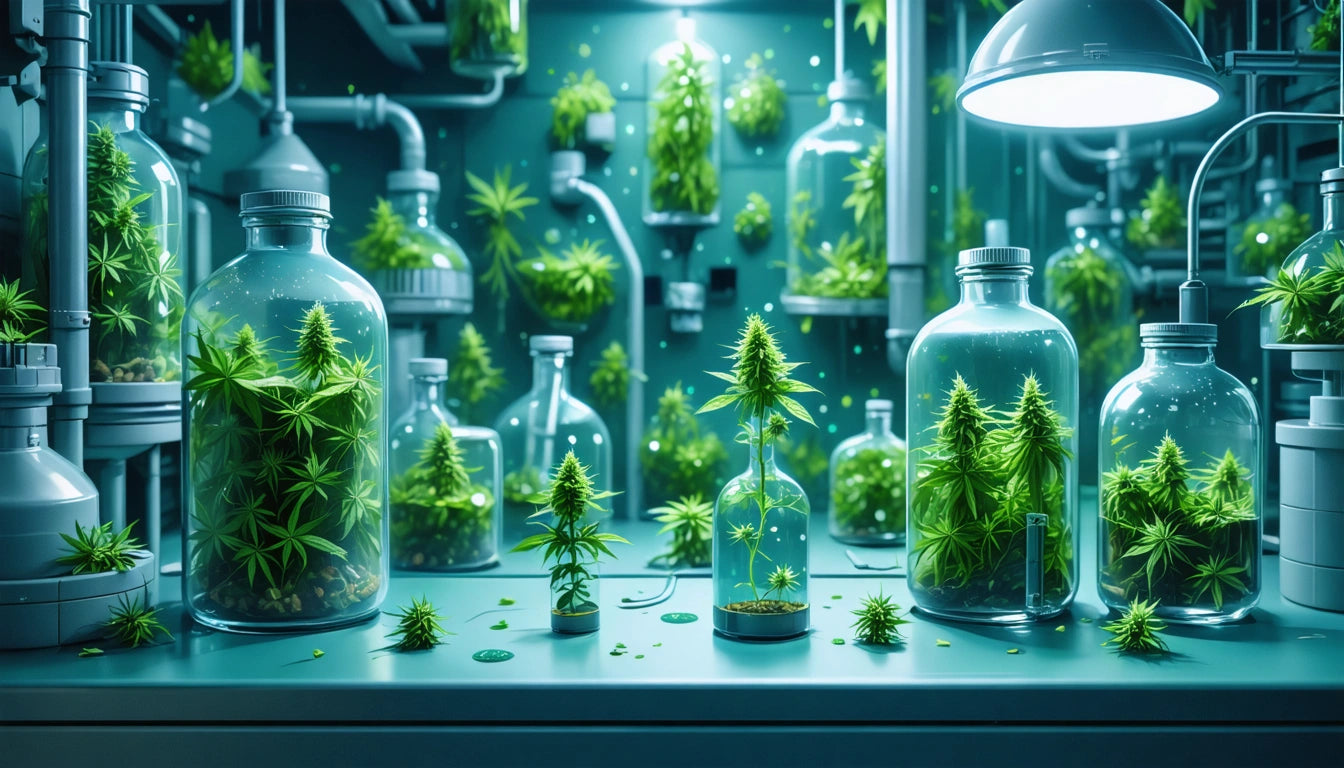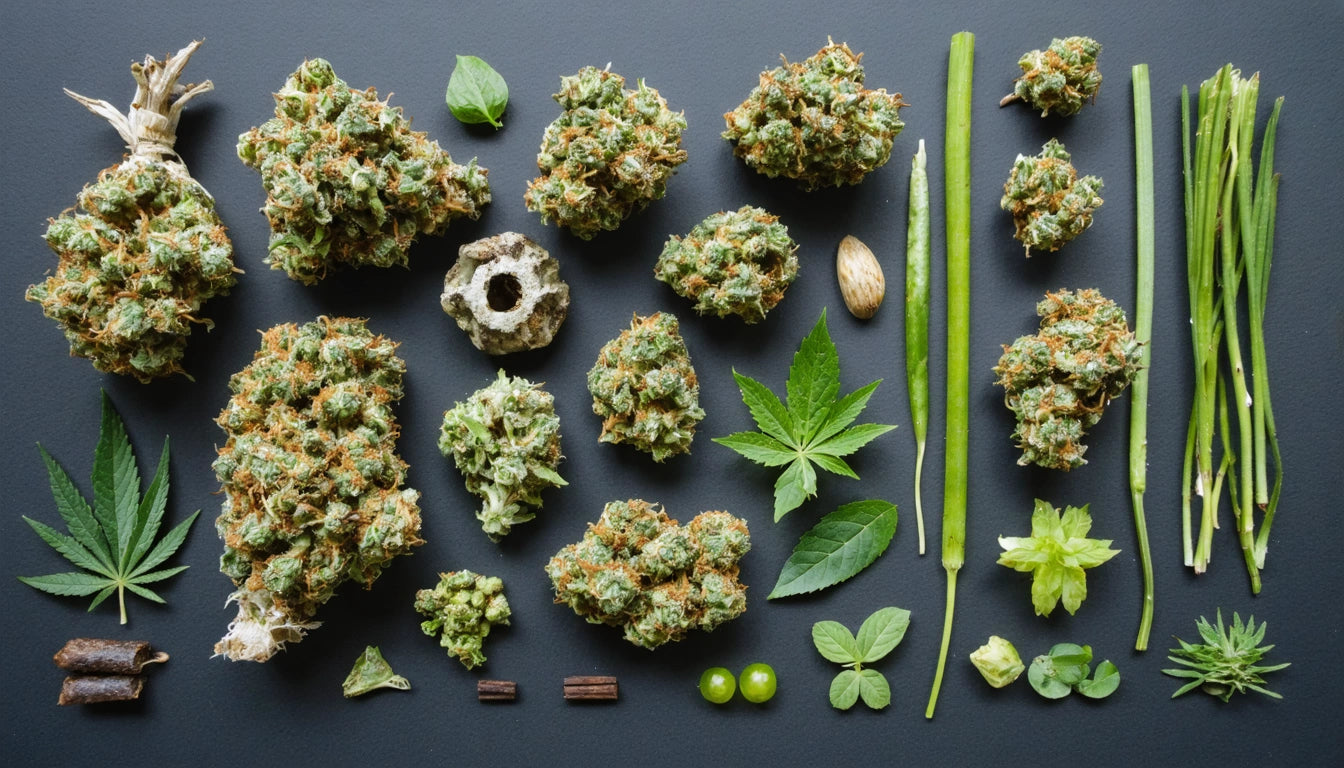Table of Contents
As the cannabis industry matures, manufacturers are increasingly turning to automation to streamline packaging operations, ensure compliance, and scale production efficiently. Automated packaging solutions range from semi-automated filling machines to fully integrated systems that handle everything from sorting to labeling and quality control. This comprehensive guide explores how automation is transforming cannabis packaging workflows and what operators should consider before investing.
Current State of Automation in Cannabis Packaging
Cannabis packaging automation currently exists on a spectrum, from basic mechanical assistance to sophisticated robotics. Most cannabis producers implement automation gradually, beginning with bottlenecks in their production process. Common entry points include automated weighing systems, pre-roll filling machines, and label applicators.
According to industry reports, operations that have implemented even partial automation report productivity increases of 30-60% compared to fully manual processes. This efficiency gain becomes particularly critical when preparing for seasonal demand spikes that would otherwise require temporary staffing.
Key Benefits of Automated Packaging Systems
Consistency and Quality Control
Automated systems deliver precise, repeatable results that eliminate variations common in manual packaging. This consistency extends to:
- Weight accuracy within fractions of a gram
- Uniform fill levels in vape cartridges and tinctures
- Consistent label placement and orientation
- Standardized child-resistant closure application
These precision improvements directly support standardized packaging workflows and reduce product waste.
Labor Efficiency and Cost Reduction
Labor typically represents 30-40% of packaging operational costs. Automation can significantly reduce this expense while allowing staff to focus on higher-value tasks. Companies implementing automated packaging lines often report labor cost reductions of 40-60% per unit while increasing throughput.
For multi-product operations, automation becomes even more valuable when managing multiple packaging SKUs without overcomplicating fulfillment processes.
Implementation Challenges and Solutions
Despite its benefits, automation implementation comes with several challenges that cannabis companies must navigate:
Space and Infrastructure Requirements
Automated systems typically require dedicated floor space and specific power, air, and environmental conditions. Before investing, companies should:
- Assess facility layout and flow patterns
- Evaluate utility capacity and requirements
- Consider storage requirements for packaging materials
- Plan for maintenance access and operational clearances
Integration with Existing Systems
New automation must work with current inventory management and tracking systems. Successful integration requires careful planning and often involves connecting packaging logistics with POS and inventory software.
Compliance and Automation Integration
Compliance remains a critical concern in cannabis packaging. Automated systems can help ensure regulatory requirements are consistently met through:
- Integrated verification systems for batch tracking
- Automated application of compliant labels and warnings
- Vision systems that verify child-resistant packaging functionality
- Weight verification to ensure contents match labeled amounts
Regulatory standards for child-resistant packaging are particularly important. According to safety guidelines from the Consumer Healthcare Products Association, packaging must be significantly difficult for children under five to open while remaining accessible to adults. Automated systems can consistently verify these mechanisms function properly.
ROI Considerations for Packaging Automation
When evaluating automation investments, cannabis manufacturers should consider several factors:
Volume Thresholds
Different levels of automation become cost-effective at different production volumes:
- Semi-automated solutions: 500-1,000 units daily
- Modular automation: 1,000-5,000 units daily
- Fully integrated lines: 5,000+ units daily
Understanding your current and projected volumes helps determine the appropriate level of investment. This analysis should include tracking cost per SKU to identify where automation will deliver the greatest returns.
Flexibility vs. Efficiency
Highly specialized equipment may offer maximum efficiency for a single product type but limits flexibility. Cannabis brands must balance:
- Quick-change capabilities for multiple product formats
- Throughput optimization for high-volume SKUs
- Future-proofing for emerging package types
This consideration becomes especially important when balancing D2C and wholesale packaging requirements, which often have different volume and customization needs.
Future Trends in Cannabis Packaging Automation
As the industry evolves, several emerging technologies are shaping the future of cannabis packaging automation:
- AI and Machine Learning: Predictive maintenance and quality control systems that identify potential issues before they cause downtime
- Collaborative Robots: Flexible automation that works alongside human operators for tasks requiring judgment or dexterity
- IoT Integration: Connected packaging lines that provide real-time production data and remote monitoring capabilities
- Sustainability Innovations: Automated systems designed specifically for eco-friendly packaging materials that may require different handling parameters
Companies looking to stay competitive should consider how these technologies might address their specific operational challenges while building scalable fulfillment workflows that can grow with their business.











Leave a comment
All comments are moderated before being published.
This site is protected by hCaptcha and the hCaptcha Privacy Policy and Terms of Service apply.